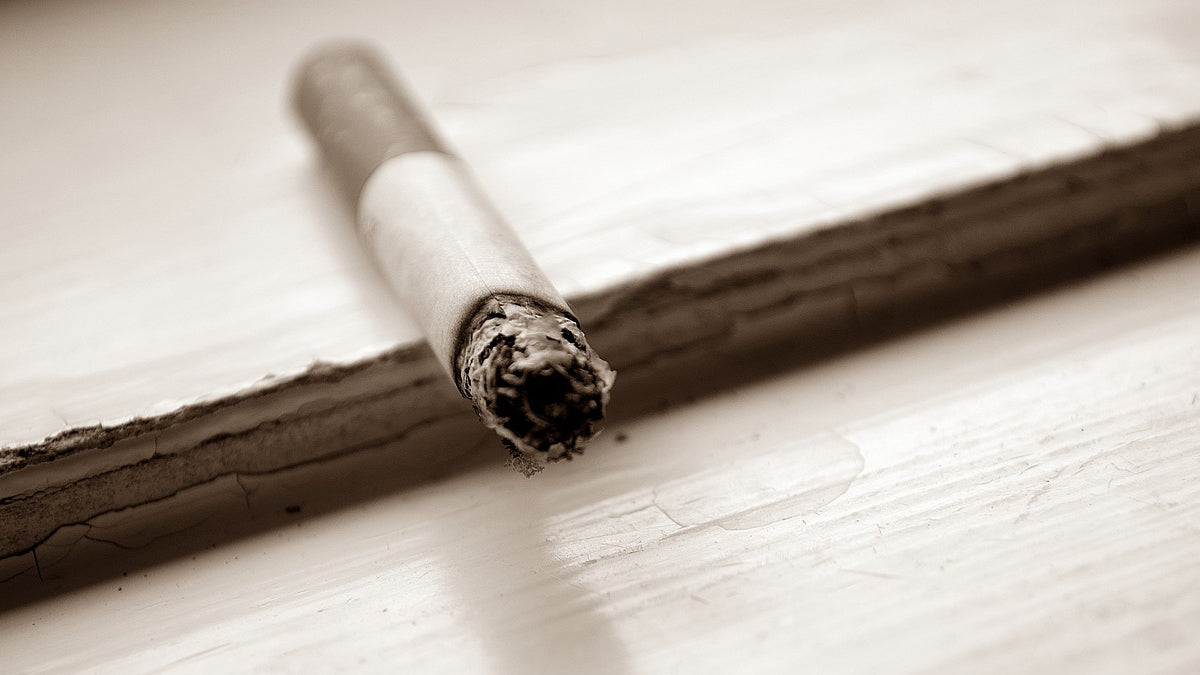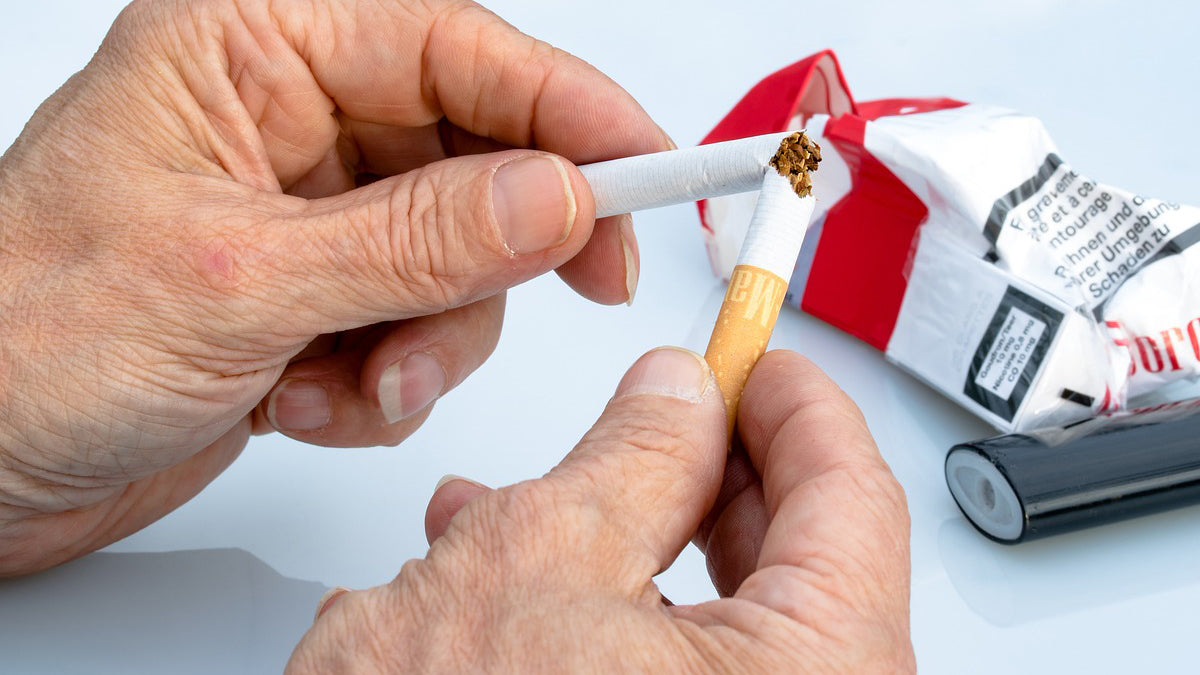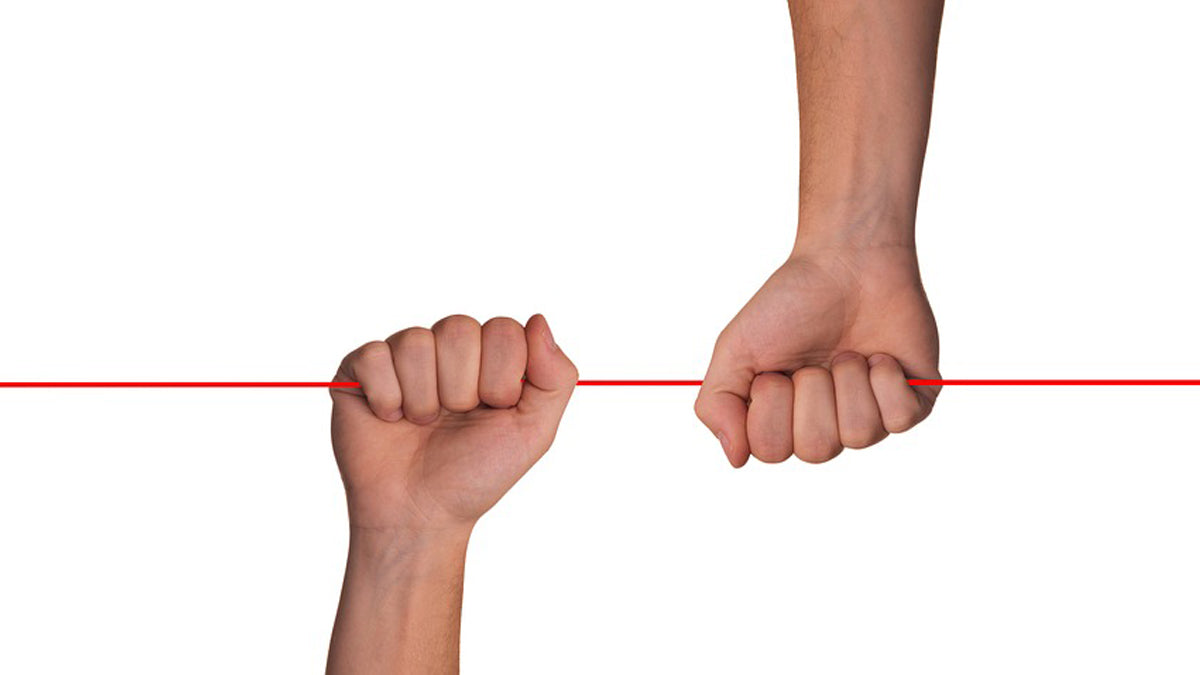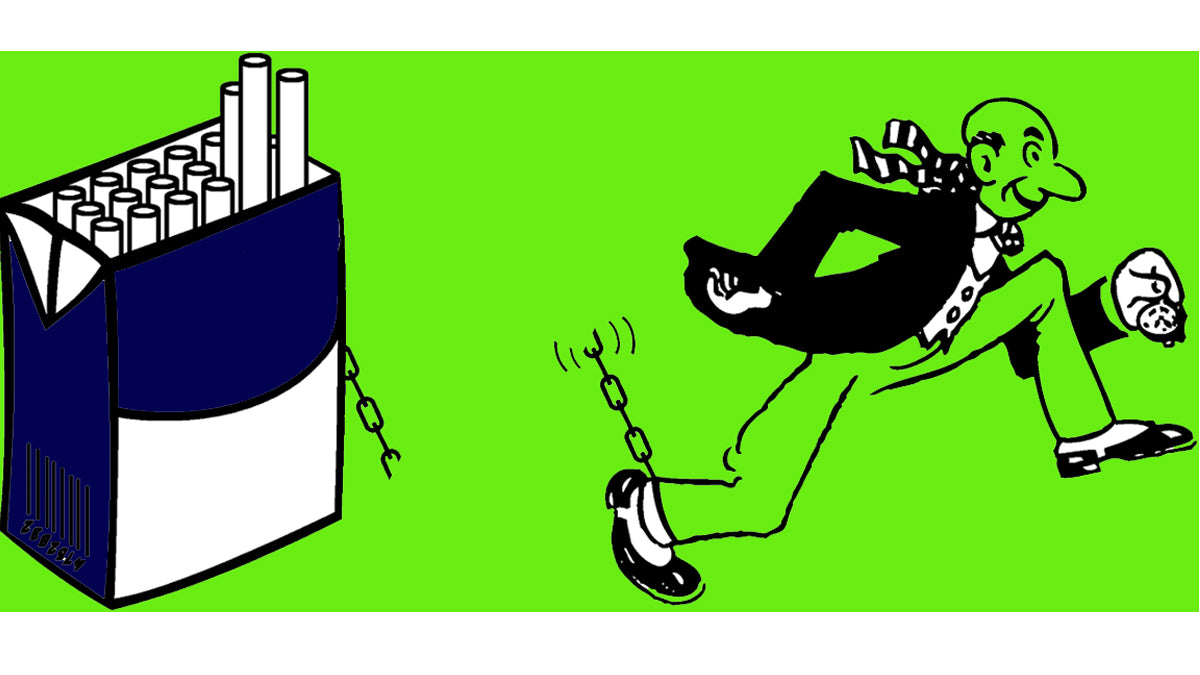Common Withdrawal Symptoms: Duration, Tips, Prevention
You’ve quit smoking and you are geared up to march into a future that is smoke-free and healthy. We congratulate you! Lekin, yeh kya hua? You are inundated with nasty withdrawal symptoms? Don’t worry, we’ve got your back! Get the lowdown on all the common withdrawal symptoms, how long they last, and how to handle them like a pro. We’ll also spill the beans on practical prevention tips to help you stay one step ahead. So, say goodbye to withdrawal woes and hello to a smoother journey.
What Causes Withdrawal Symptoms
When you light up a cigarette, you inhale nicotine, the main villain in your smoking journey. Nicotine stimulates the release of dopamine, a neurotransmitter that creates feelings of pleasure and reward. Every time you smoke, you trigger the pleasure points of your brain. And after you quit, your body starts missing its regular dose of nicotine.

Source : https://tenor.com/view/yaad-hrithik-roshan-hrithik-roshan-gif-5629751
When you use nicotine for an extended period, it alters the balance of chemical messengers in your brain. And when you quit, you disrupt the balance. This is when you start experiencing withdrawal symptoms.
Common Withdrawal Symptoms
When you quit smoking, you stop providing your body with its daily fix of nicotine. This leads to withdrawal symptoms- physical and psychological. The physical symptoms are what you experience as your body is cleaning out the nicotine. If you smoke to relieve stress, socially, or with your daily cup of chai, you will experience psychological withdrawal symptoms after quitting smoking. And while physical symptoms last for a few days, till the nicotine is leaving your body, psychological ones can last much longer.
Here are a few common symptoms you might experience after you quit smoking.
- Strong cravings for nicotine
- Anxiety
- Mood swings
- Low mood
- Irritability
- Difficulty concentrating
- Increased appetite
- Digestive issues
- Difficulty sleeping
- Headaches
- Restlessness
- Sweating
- Tremors
How Long Do Symptoms Last?
Every individual will have a different experience with nicotine withdrawal, with some finding symptoms mild and others intense. Withdrawal symptoms generally appear anywhere between 4-24 hours after your last cigarette. Symptoms usually peak around 3-4 days after quitting and gradually reduce in 3-4 weeks.
Within about 4 hours after your last cigarette, nicotine wears off and you might crave another smoke. The 10-hour mark will find you restless, low, and physically craving for a cigarette. Your irritability and increased appetite will kick in after about 24 hours, while headaches may occur after 2 days- as the nicotine leaves your body. You might experience anxiety around the 4-day mark, when symptoms usually peak. At 2-4 weeks, your appetite will settle down, and anxiety will improve.
Taming the Beast: Handy Tips to Manage Symptoms
Here are some tips to help you manage your withdrawal symptoms when they occur.
- Staying active is an excellent way to manage your withdrawal symptoms. Any physical activity, whether it is walking, running, swimming, dancing, or playing a sport, will work for you when you quit smoking. Exercise is also a great way to manage stress- a powerful trigger that can worsen your withdrawal symptoms.

- Once you quit smoking, you will find yourself struck by sudden, intense bouts of cravings. The best way to deal with your cravings is by avoiding triggers. If you smoke with your shaam ki chai, switch your tea for a healthy juice. If you crave for a smoke post-meal, chew gum instead.
- Try spending time with friends who don’t smoke. Sounds rough, but avoiding situations where you usually smoked will help you stick to your resolve of remaining smoke-free.
- Substitute your ciggie with a stress ball, clicker pen, or your favourite fidget toy to keep your hands active.
- Keep a stock of toothpicks, chewing gum, carrot sticks, or straws to keep your mouth busy.
- Distract yourself when you go through withdrawals. Keep your quick dial loaded with friends or family who can offer you the support and encouragement you need. Play your favourite song, or keep a stack of puzzles handy for when you need to get through a withdrawal.
- Practise deep breathing when you feel the need to smoke. Relaxing your mind will help the craving to pass.
How to Prevent Withdrawal Symptoms?
"An ounce of prevention is worth a pound of cure." - Benjamin Franklin
Almost everybody who has been a regular smoker might experience withdrawal symptoms to some degree after quitting smoking. Nicotine Replacement Therapy (NRT) products, such as Ryze Nicotine Gums, can help you by targeting and reducing your cravings. You can also consider behavioural strategies to help you curb withdrawals.
- Drink enough fluids and eat fibre-rich foods to avoid constipation. Hydrating will also help you by easing dry mouth and soothing a sore throat.
- Get sufficient sleep to counter fatigue.

- Identify and avoid any triggers that can cause a craving.
- Organise your work beforehand so that you can avoid any issues due to lack of concentration.
- Practise deep breathing and other relaxation techniques to reduce irritability and anxiety. Deep breathing will also help you by easing chest tightness.
Once you have decided to quit smoking, you have already shown immense courage and taken on a powerful adversary. So, when a withdrawal symptom strikes, remind yourself that it is just a temporary hurdle in your journey towards a healthier, smoke-free life. Stay strong, believe in yourself, and don’t hesitate to seek support when you need it. You’ve got this!















